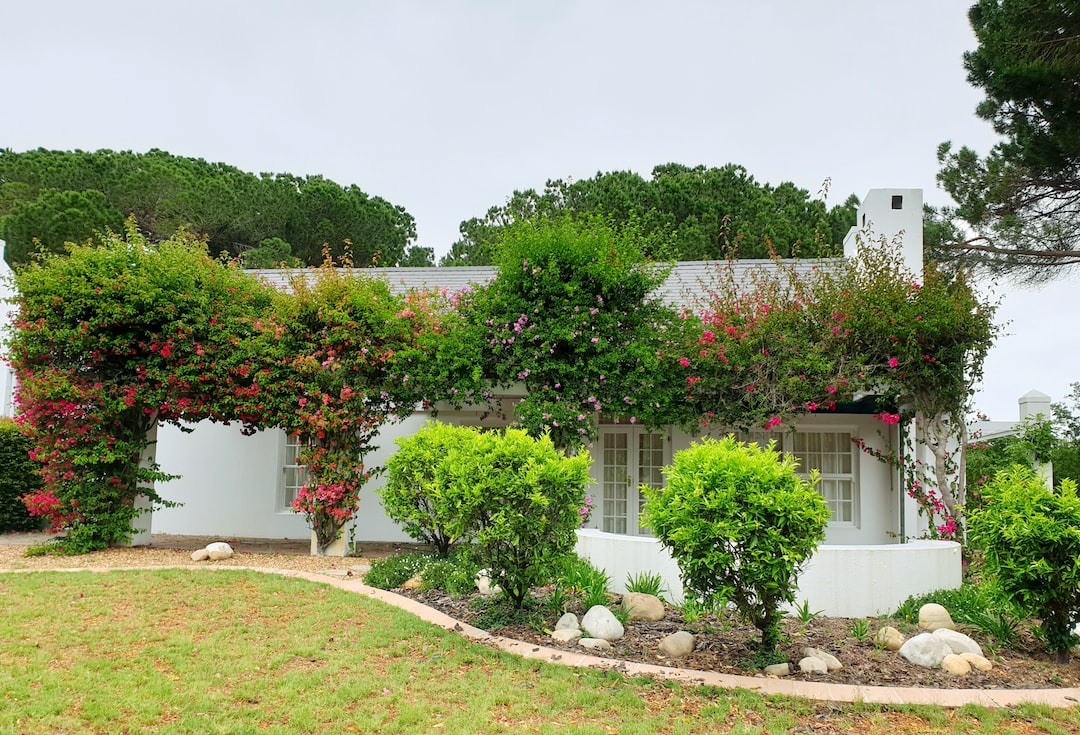Creating a sustainable garden is not only good for the environment but also for your wallet. By following a few key principles, you can create a garden that is self-sufficient, requires minimal inputs, and is ecologically sound. In this blog post, we will go through the steps of creating a sustainable garden.
1. Plan your garden
A well-planned garden is the key to success. Before you start planting, take some time to plan your garden. Make a list of what you want to grow, taking into consideration the amount of sunlight your garden gets, the soil type, and the climate in your area. This will help you choose the right plants for your garden and ensure that they thrive.
2. Choose the right plants
Choosing the right plants is essential for a sustainable garden. Native plants are ideal; they are adapted to the local climate and require less water and care than non-native plants. They also provide food and habitat for local wildlife. Choose plants that have a long bloom period, as they will attract pollinators throughout the season. Also, consider planting vegetables that are in season, as they require less water and maintenance.
3. Use compost
Compost is the lifeblood of a sustainable garden. It is a natural fertilizer that is rich in nutrients and beneficial microorganisms. Compost helps to improve soil structure, increase water retention, and reduce erosion. You can make your own compost by collecting organic matter such as food scraps, leaves, and grass clippings. Compost should be added to your garden beds annually to support healthy plant growth.
4. Water wisely
Water is a precious resource, and it is important to use it wisely in your garden. One way to conserve water is to use a drip irrigation system. Drip irrigation delivers water directly to the roots of your plants, reducing water loss through evaporation. It also reduces the risk of disease by keeping the foliage dry. Another way to conserve water is to mulch your garden beds. Mulch helps to retain moisture in the soil and reduce water loss through evaporation.
5. Control pests naturally
Chemical pesticides can harm beneficial insects and wildlife, and they can also contaminate soil and water. Instead, use natural pest control methods such as companion planting, crop rotation, and biological control. Companion planting involves planting certain plants together that can help to repel pests or attract beneficial insects. Crop rotation involves rotating crops each year to reduce the build-up of pests and diseases. Biological control involves introducing natural predators or parasites to control pests.
6. Reduce waste
Reducing waste is an important part of creating a sustainable garden. One way to reduce waste is to compost your organic matter instead of throwing it away. You can also reduce waste by using organic mulches such as leaves, wood chips, or straw instead of synthetic mulches. Synthetic mulches can contain harmful chemicals that can leach into the soil. You can also reduce waste by using recycled materials to create garden beds and paths.
7. Use renewable resources
Using renewable resources is another key principle of a sustainable garden. Renewable resources are those that can be replenished over time, such as sunlight and rainwater. You can use renewable resources by installing a rain barrel to collect rainwater for your garden. Solar panels can also be used to power lights and other garden equipment.
8. Cultivate biodiversity
Cultivating biodiversity is important for a sustainable garden. Biodiversity provides a wide range of benefits, such as increasing soil fertility, controlling pests, and improving plant health. You can cultivate biodiversity by planting a variety of plants that attract different pollinators, including bees, butterflies, and hummingbirds. You can also create habitats for wildlife, such as birdhouses, bird baths, and nesting boxes.
In conclusion, creating a sustainable garden is a rewarding and fulfilling experience. By following these key principles, you can create a garden that is self-sufficient, requires minimal inputs, and is ecologically sound. Remember to plan your garden, choose the right plants, use compost, water wisely, control pests naturally, reduce waste, use renewable resources, and cultivate biodiversity. Happy gardening!


